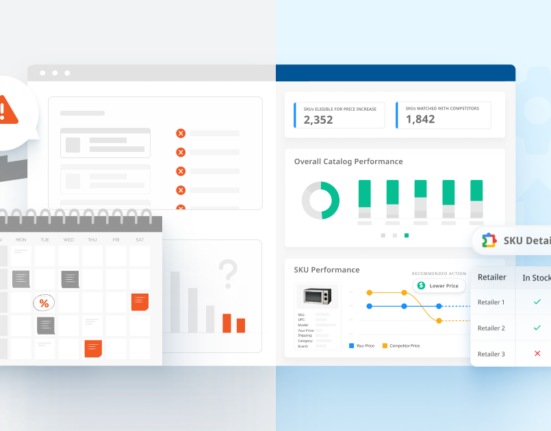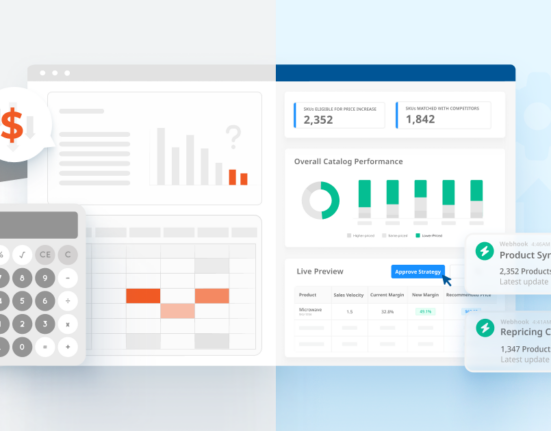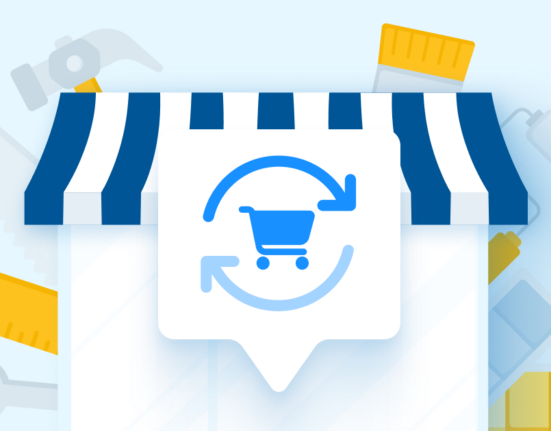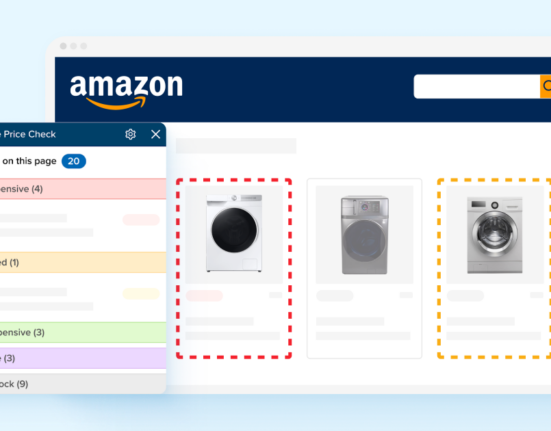The law of supply and demand has been the mainstay of economics since the beginning of human history, even before money existed.
It is pure logic. If something becomes necessary, it is more important, and, therefore, we are willing to pay more. This phenomenon is curious. For example, consumers are fully aware that, at Christmas, certain foods will be more expensive—yet they still buy. Perhaps it is because we are creatures of habit?
Every year, IAB conducts an eCommerce study to measure the evolution and trends of the market. In 2021, 76 percent of Internet users shopped online. The more consumers there are, the more attentive you must be to fluctuations in supply and demand in order to adapt your pricing strategies.
Important Considerations When Pricing Based on Demand
For starters, you cannot just look at peak buying times when creating a pricing strategy based on demand or market behavior. It is no secret that winter clothing is cheaper in the summer or that hotels and flights are more expensive in August.
Instead, when building a pricing strategy based on demand, look at these factors first:
- The relation between price and quality as perceived by customers.
- The price margins.
- The uniqueness of the product or service.
- The value of that product or service for shoppers.
- The substitutes or alternatives of the product.
- The quality comparison (if there are better or worse products both in your own catalog and in your competitors’ catalogs).
- The cost of warehousing and fulfillment.
- The expected market price of the product or service.
You could easily miss relevant information or ideas without analyzing these factors at the start. Then, you could end up hurting your sales instead of helping them grow.
Price Elasticity of Demand
Price elasticity of demand is another key part of building a pricing strategy based on demand. In our previous blog on price elasticity, we defined it as how impactful a price change is on the demand for that product.
Thanks to this concept, you can better predict the results of your new prices according to demand. This will help you adjust the strategy to the correct floor or ceiling of each product. Brand loyalty, product longevity, and market share all influence elasticity, among other factors. The more data you have and can observe, the better your pricing strategy will be.
Tools to Optimize a Pricing Strategy Based on Demand
Focusing on demand to create a pricing strategy can provide many benefits, but it still has challenges that can’t be ignored. Specifically, the large amount of market and pricing data to review and the time in which you have to do it.
A good price intelligence and market awareness tool can help guide you toward the right decisions. Monitoring the behavior of similar products or services is very important to correctly understand and act on the data you receive.
For example, it’s possible that a competitor launches a new product out of season or creates a specific offer that drives up sales. However, that does not mean it’s a change in demand and you should increase prices accordingly. There’s always context that comes into play.
With a platform where you can see and compare prices easily, you can tell at a glance the ceiling and floor of prices, addressing elasticity and protecting margins.
The icing on the cake is a dynamic pricing tool to build unique strategies by product, segment categories, compare SKUs to the competition, or carry out pricing tests. Learning to interpret data to create a good pricing strategy based on demand is easier and faster if you have the technology to organize and automate the process.










